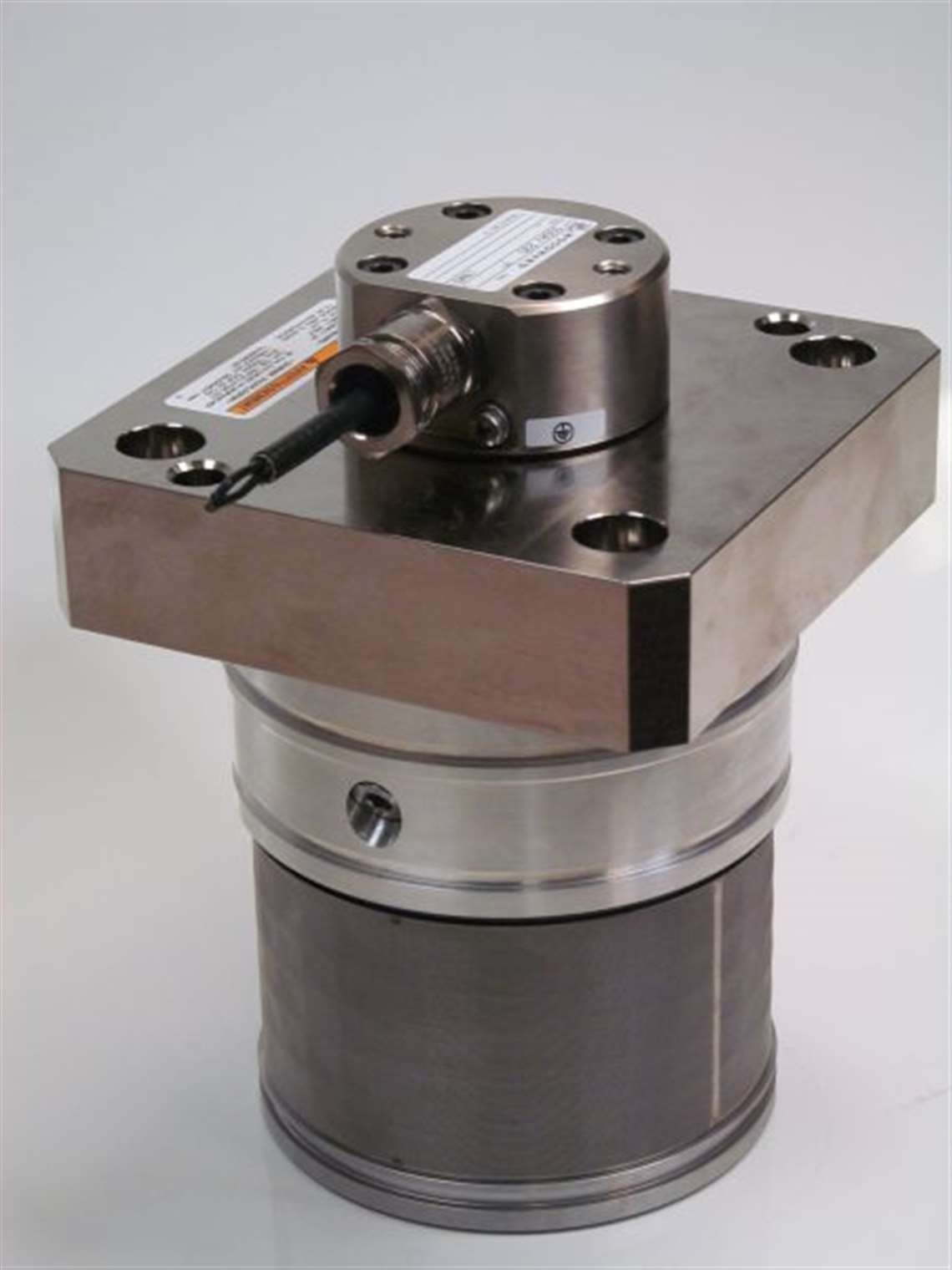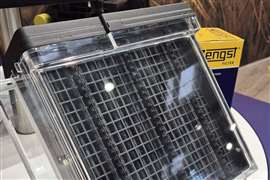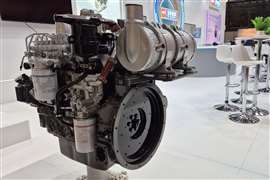Staying Power: Woodward’s SOGAV hits milestone, continues adapting
08 July 2019

From a “crazy idea” to a key component used in power generation, marine, rail and mining applications around the globe.
That’s how Rick Boom, director of Marketing, Large Engine Systems, for Woodward, describes the history of Woodward’s solenoid operated gas admission valve (SOGAV), which was introduced 25 years ago. The company recently shipped its 250,000th unit and continues to update the product.
“250,000 units means 250,000 cylinders, so that’s quite a lot of engines,” Boom said. “It took us 25 years from a crazy idea to a mature product line with about 10 different base models and a lot of proliferation from those base models with customizations.”
Woodward’s SOGAV is an electrically actuated, high response gas valve for in‐manifold (port) fuel admission on four-cycle, turbocharged natural gas or dual-fuel engines. The SOGAV valve’s E‐core solenoid has a short travel and high output force that is designed to deliver fast and consistent opening and closing response and precise cylinder-to-cylinder control.
A face‐type poppet valve with multiple concentric grooves, the moving
metering plate is spring‐loaded and pressure‐loaded in the close direction. By controlling fuel flow into the cylinder precisely, the SOGAV allows the engine performance to be optimized for low emissions and high fuel efficiency, the company said.
SOGAV units are available in gas mass flow metering capacities ranging from 70 kW/cylinder up to 1500 kW/cylinder.
Boom said a key reason for the SOGAVs longevity stems from the company’s efforts to develop enhancements to stay in front of the needs of the market.
“Part of the success, in our opinion, is that because we have been always innovating, we have solutions before the market really started demanding it by specifying is part of our success story,” Boom said.
Development of the SOGAV began with a question: What if you could substitute gas for diesel in a diesel engine? Boom said Woodward worked on the idea with an engine OEM, with Woodward taking the lead on developing the technology and bringing it to market. The company offers 10 base models with several different configurations possible by combining options.
“We are very flexible in customizing and providing solutions depending on the application needs,” Boom said. “But I think this part of the success of the platform is that we limit ourselves. We don’t proliferate the design of the key components. We stick to the basic building blocks, but out of that we have enough basic building blocks to satisfy the market.”
The SOGAV has changed over the years, however. The initial design was what Boom called a “shoe box kind of design” that was placed on the engine. Now the designs are far more integrated in the engine block, which allows for better accessibility and therefore serviceability, he said.
“And because it’s integrated, it also optimizes the gas admission in total, so basically it’s supporting engine performance as well,” Boom said. “On top of that, these integrated designs are suitable for the marine double-wall systems that are typically required in the marine business, so the product line has evolved together with the requirements in the safety part of the marine business.”
Combining electronics with the components is the next step, either including real physical sensors or through virtual sensors, Boom said. The combination of the valve and the electronics will help optimized performance of the valves over the life of the engine, in part by helping to compensate for component drift over time due to wear and tear, he said.
“You take the electronic signal and based on how that signal looks, you have a kind of electronic signature and that tells you how the valve is performing,” Boom said. “So without putting in sensors in, we know how the valve operates. We do have that technology. It is not commercialized, ready to go, but that’s really the next step.”
Integration of Woodward, L’Orange Moves Ahead
In April 2018, Rolls-Royce and Woodward, Inc. announced Woodward would acquire fuel injection specialist L’Orange GMbH, which was part of Rolls-Royce Power Systems.
The agreement included L’Orange‘s operations in Germany, the United States and China, for US$859 million.
So far, the integration of the two companies has gone as expected, said Dr. Andreas Lingens, general manager/vice president of Diesel Fuel Systems at Woodward L’Orange.
L’Orange supplies fuel injection technology for engines in applications such as marine power and propulsion systems, oil and gas processing, power generation and special-application vehicles. Its customers include diesel engine manufacturers worldwide.
L’Orange was renamed Woodward L’Orange and integrated into Woodward’s Industrial segment after the sale finalized in June last year. The integration process will be fully completed by the end of September this year, Lingens said.
“From an organization perspective, we have been done since the beginning of the year,” he said. “But of course, there is still the integration of a number of processes”, including IT and HR.
Lingens said the more challenging part of the integration was defining the organization structure—but even that took only a few months.
“It was very important to define our sales channel,” Lingens said. “So the interface to our customers was completed beginning of December of last year.” The engineering organization was in place by November of last year, he said.
At the time of the sale, Woodward said it expects the acquisition to establish it as a premier technology and system provider of engine control systems to the industrial engine market and the complementary portfolio from L’Orange will open up to further expansion into key industrial segments and geographies, while boosting profitability.
For its part, Rolls-Royce said L’Orange will remain an important partner and supplier for MTU and Bergen in the future through long-term supply agreements, with an initial term of 15 years.
From a technology, products and system integration perspective, the two companies came together pretty naturally, said Rick Boom, director of Marketing, Large Engine Systems, for Woodward.
“Engineers, sales, customers—everybody—responded very positively and with less anticipated problems,” Boom said. “So I would say that proves the synergies of the group L’Orange acquisition.”
POWER SOURCING GUIDE
The trusted reference and buyer’s guide for 83 years
The original “desktop search engine,” guiding nearly 10,000 users in more than 90 countries it is the primary reference for specifications and details on all the components that go into engine systems.
Visit Now
STAY CONNECTED




Receive the information you need when you need it through our world-leading magazines, newsletters and daily briefings.
CONNECT WITH THE TEAM












